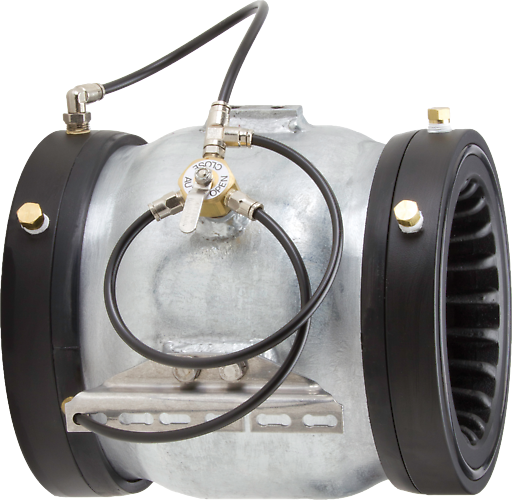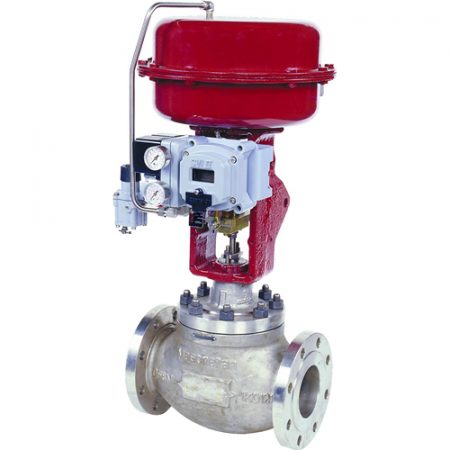
Maximize Power Cost Savings and Comfort With Advanced Structure Automation Controls
In the world of modern style and center management, the combination of sophisticated structure automation controls stands as a critical improvement. The merging of technology and sustainability has actually birthed a brand-new age where power effectiveness, comfort optimization, and operational streamlining are no more obtainable realities yet remote ambitions. By taking advantage of the power of automation, buildings can adapt, respond, and develop in ways that were once unthinkable. The capacity for considerable power financial savings and enhanced convenience is not just an opportunity however a promise waiting to be met. This standard shift in structure management holds the crucial to opening a world where ecological conscientiousness and resident wellness sympathetically coexist within the wall surfaces of our structures.
Energy Effectiveness Benefits
Energy effectiveness advantages can dramatically lower power usage and operational costs in structures. Energy-efficient systems, such as innovative building automation controls, can optimize the usage of sources like lights, air conditioning, and home heating, leading to reduced power expenditures over time.
Furthermore, improved power efficiency can extend the life expectancy of structure equipment and systems. By operating much more effectively, HVAC systems, lighting fixtures, and other building parts experience less wear and tear, leading to lowered upkeep and replacement prices. Additionally, energy-efficient structures usually command greater residential or commercial property worths and rental rates, giving long-lasting economic benefits to proprietors.
Additionally, power efficiency can boost resident convenience and productivity. Effectively regulated interior environments with ideal lighting and thermal conditions develop a more positive and favorable office, resulting in boosted staff member satisfaction and efficiency. On the whole, the energy effectiveness advantages associated with sophisticated structure automation controls are complex, encompassing expense financial savings, ecological stewardship, and occupant wellness.
Boosted Convenience Control
Enhancing comfort control in building atmospheres calls for a sophisticated integration of sophisticated automation systems for optimum owner well-being. By utilizing advanced building automation controls, centers can customize the interior setting to fulfill the specific requirements and preferences of residents. These systems allow specific regulation of temperature, ventilation, and illumination, developing a comfy and productive ambience. Owner complete satisfaction and productivity are closely linked to thermal convenience, making it vital to have systems in position that can adapt to changing conditions in real-time.
By incorporating these sophisticated controls, buildings can not only boost comfort however additionally enhance power efficiency by enhancing system procedures based on actual tenancy and use patterns. Ultimately, focusing on occupant comfort via advanced automation systems leads to a much more enjoyable and healthier interior environment.
Operational Effectiveness Improvements

In addition, the application of real-time tracking and analytics devices allows structure operators to determine power inefficiencies and operational abnormalities immediately. By continuously keeping an eye on energy usage this patterns and system efficiency metrics, changes can be made in real-time to optimize energy usage and make certain peak operational effectiveness. control valves. Furthermore, including need reaction methods right into structure automation controls can further improve functional performance by dynamically readjusting energy usage based on grid conditions and prices signals
Indoor Environment Optimization
Reliable indoor environment optimization is a basic facet of building automation controls, guaranteeing passengers' convenience and health while making best use of energy savings. By utilizing sophisticated sensors and controls, developing automation systems can constantly change and keep an eye on temperature level, moisture levels, air high quality, and ventilation to produce an ideal indoor environment. Maintaining consistent and comfortable conditions not just boosts owner complete satisfaction however likewise increases productivity and overall well-being.
Interior environment optimization additionally plays a critical duty in power performance. By fine-tuning cooling, heating, and air flow systems based upon real-time data and occupancy patterns, constructing automation controls can significantly lower power consumption - control valves. As an example, applying methods such as demand-controlled ventilation and thermal zoning can aid lessen energy waste while ensuring that each location of the building obtains the needed conditioning.

Lasting Atmosphere Development
Building automation controls not only optimize indoor climate conditions for energy efficiency and resident comfort but also lay the foundation for creating a lasting setting via critical monitoring of systems and resources. By incorporating innovative structure automation innovations, such as sensing units, actuators, and intelligent software application, facilities can monitor and change power use in real-time to lessen waste and minimize their carbon footprint. These systems enable anticipating maintenance, identifying possible problems before they rise and enhancing equipment efficiency to enhance long life and effectiveness.
Furthermore, lasting atmosphere creation prolongs beyond power management to incorporate water conservation, waste decrease, and interior air quality enhancement. Building automation controls can control water usage, identify leaks, and have a peek here ensure correct waste disposal techniques, adding to total sustainability efforts. In addition, by regulating and keeping track of air flow and filtration systems, these innovations enhance passenger wellness and productivity while lowering energy usage linked with a/c operations.
Final Thought
In verdict, advanced building automation regulates deal significant advantages in regards to power savings, convenience control, functional effectiveness, indoor climate optimization, and developing a sustainable atmosphere. By implementing these controls, buildings can attain ideal performance while reducing energy usage and boosting occupant comfort. It is noticeable that using innovative automation technology is critical in enhancing structure efficiency and creating a more sustainable future.
Energy efficiency click here to read benefits can substantially minimize power intake and functional prices in structures. On the whole, the energy efficiency advantages associated with advanced structure automation controls are multifaceted, incorporating price financial savings, ecological stewardship, and owner health.
In addition, integrating demand reaction strategies right into structure automation controls can even more enhance operational efficiency by dynamically readjusting power use based on grid conditions and pricing signals.
Structure automation regulates not only optimize indoor climate problems for power effectiveness and resident comfort yet likewise lay the structure for producing a sustainable setting with tactical management of systems and resources.In verdict, advanced structure automation manages deal considerable advantages in terms of energy savings, convenience control, operational effectiveness, indoor climate optimization, and creating a lasting environment.